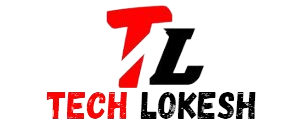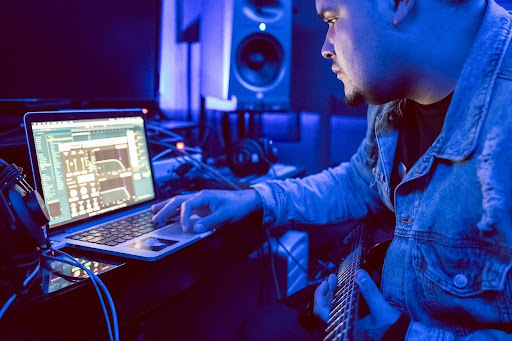The creative process isn’t what it used to be. A notebook and a melody in your head used to be the beginning of something extraordinary. Now, the tools have changed, but the spark—that thrill of building something from nothing—remains just as electric.
Modern creators aren’t just musicians with guitars or producers behind studio boards. They’re coders, designers, and hobbyists experimenting with new mediums. One of the most groundbreaking tools reshaping this space is artificial intelligence—not as a gimmick or shortcut, but as a fresh layer of potential. And nowhere is that more evident than in the evolving world of digital sound.
Music has always thrived on boundaries being pushed. From analog synths to digital workstations, each generation has expanded what’s possible. But today, there’s a new leap being made—one that doesn’t require a studio, a label, or even the ability to read sheet music. All it asks is a little curiosity and a willingness to experiment.
At the heart of this movement lies AI music generation. It’s not science fiction—it’s an actual tool creatives are using right now to translate thoughts into soundscapes. Imagine typing out a vibe—like “melancholic but hopeful, minimal piano with layered strings”—and hearing that concept brought to life in under a minute. No instruments, no delays. Just creation in real-time.
This shift isn’t about replacing musicians. If anything, it’s about unlocking new ways for humans to connect with their own ideas. The process becomes more about guiding than grinding—steering the AI with emotional cues, structural preferences, or genre leanings, and then shaping what comes back into something meaningful. It’s collaboration, just with an unlikely partner.
Even seasoned producers are beginning to use AI as a sandbox—a place to play with rhythm, arrangement, or harmony before committing to a final version. It removes the friction that can slow down inspiration. No more getting stuck hunting for the perfect chord progression or loop. AI steps in, not to solve the puzzle, but to hand you pieces you might not have reached for yourself.
For new creators, it’s a confidence boost. Those who’ve never touched a DAW (Digital Audio Workstation) or who wouldn’t know where to begin with a synthesizer suddenly have access to tools that empower them to start. And sometimes, starting is the hardest part.
There’s also a beautiful unpredictability to it. You can feed in a reference track, a genre, or even a random string of descriptive words, and the results can be both surprising and inspiring. It becomes a feedback loop—what the AI gives back might challenge your assumptions or send you down a completely unexpected path.
Of course, like any tool, it’s not perfect. AI doesn’t know your soul. It won’t wake up at 3 a.m. haunted by a melody. But that’s not the point. It’s here to assist, to offer, to respond. You still choose what to keep, what to discard, and what to build on.
And that’s where the magic lies: it’s still your music. Even when sparked by algorithms, what you choose to shape from it reflects your taste, your story, your voice. The AI might hum the first few notes, but you decide what the chorus says.
The future of creativity isn’t automation. It’s augmentation. It’s about amplifying human potential with tools that extend our reach. And with platforms supporting AI music generation becoming more accessible every day, the line between idea and execution is shrinking fast.
So whether you’re producing cinematic scores, looping ambient beats, crafting intro music for your podcast, or just playing with sound like it’s digital clay—there’s space for you here. There’s freedom. There’s possibility.
And sometimes, that’s all we need.

